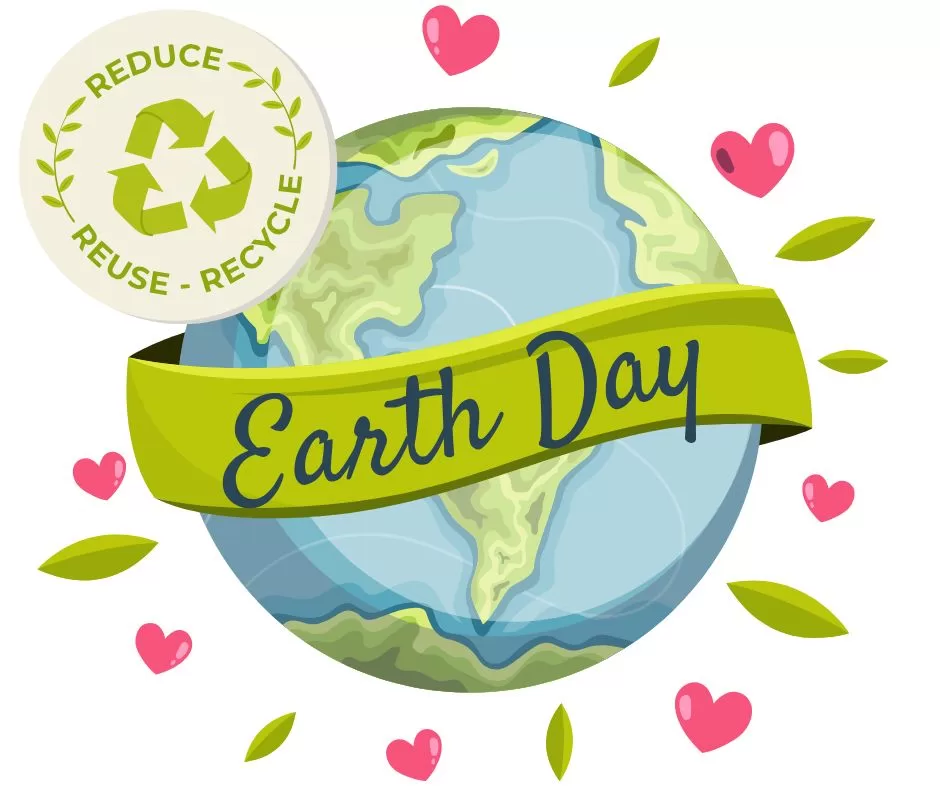
In honor of Earth Day, April 22, 2025, we’re shining a light on the power of native plants in creating vibrant, resilient ecosystems—for wildlife and for people.
Native plants—those that have evolved naturally in a specific region—play a crucial role in supporting local pollinators, birds, butterflies, and other wildlife. These plants provide essential food, pollen, and shelter that many species rely on for survival. And while the benefits to the environment are clear, cultivating native plants also boosts human well-being. Thriving ecosystems support cleaner air and water, increased biodiversity, and create opportunities for people to reconnect with nature.
🌻 A Journey Toward Native Planting
When Coach Beverly moved into her home 26 years ago, she planted what many of us do—flowers and grasses that looked appealing and could withstand local heat. With an acre of land surrounding her home and office, she had space to experiment, adding a wide variety of foliage and trees for beauty and shade.
But like many at that time, she wasn’t yet aware of the importance of native plants—or how their presence (or absence) affects the animals, insects, and birds that share our space.
Over time, as she learned more about habitat loss and the plight of pollinators, she began to rethink her approach. Through research, visits to a nearby native nursery, and the help of trusted websites, she and her husband began the transformation: reshaping their land into a space that supports bees, butterflies, frogs, birds, lizards, and more. Today, their yard is not only beautiful but also an oasis for wildlife—and a model of sustainable gardening.
💧 Water: A Simple Yet Powerful Addition
In addition to plants, providing a water source can be a game-changer for thirsty pollinators and wildlife. Whether it’s a birdbath, a shallow dish, or a small pond, water invites life into any garden.
Last year, Coach Beverly dug a small frog pond. Within weeks, frogs, toads, and birds made themselves at home. A year later, the pond teems with tadpoles, mosquito fish, dragonflies, water beetles, and countless other tiny creatures.
The pond has become a source of daily joy and fascination for family and visitors alike—a reminder of how deeply nature nurtures our spirits. It has also been a powerful tool for stress relief and mental well-being.
🌿 Nature as Therapy
For those managing diabetes, chronic conditions, or everyday stress, spending time in nature and caring for living things can be deeply therapeutic. And it doesn’t have to be complicated.
Start small:
- Plant a few herbs or flowers in containers
- Scatter wildflower seeds on a patch of earth
- Nurture a potted tomato plant on a sunny windowsill
For the more adventurous, creating a native plant garden is a wonderful excuse to get outdoors, move your body, and take pride in a growing, living space. There’s something special about tasting a sun-warmed tomato that’s been nurtured from seed to fruit.
🌸 Not Sure What’s Native in Your Area?
A great place to start is the article Audubon – 20 Common Types of Native Plants, which outlines beneficial plants found across the U.S. To make it local, cross-reference with your zip code using tools like the Native Plant Finder – NWF by the National Wildlife Federation.
For example, in Chico, California, the California Christmas-Berry is drought-tolerant and a favorite food source for local birds.
🌳 Here are a few native plant ideas to consider:
- Trees: Oak, Pine, Dogwood, Willow
- Colorful blooms: Coneflower, Sunflower
- Edible treats for people and birds: Blueberries, Elderberries, Serviceberries
Need help sourcing plants? The Plant Native website offers a helpful directory of native nurseries throughout the U.S.
🌱 Every Action Counts
Many people feel overwhelmed or discouraged by the state of the planet. But there is also a growing awareness of our power to make change—and hope rooted in action.
Whether it’s planting a single native shrub, providing a bowl of water, or simply observing and appreciating the life around us, every effort makes a difference.
Visit www.earthday.org and Project Regeneration for more ideas and inspiration on how to help the Earth thrive.
💚 Final Thoughts
Each person has the ability to nurture the planet and themselves, starting right at home. Native plants are a simple, beautiful way to support both biodiversity and human well-being.
So this Earth Day, consider taking that first step. Plant something. Provide water. Let nature in. And know that even the smallest actions ripple outward in meaningful ways.
🌎 Happy Earth Day from Coach Beverly and the Diabetes Education Services team.









